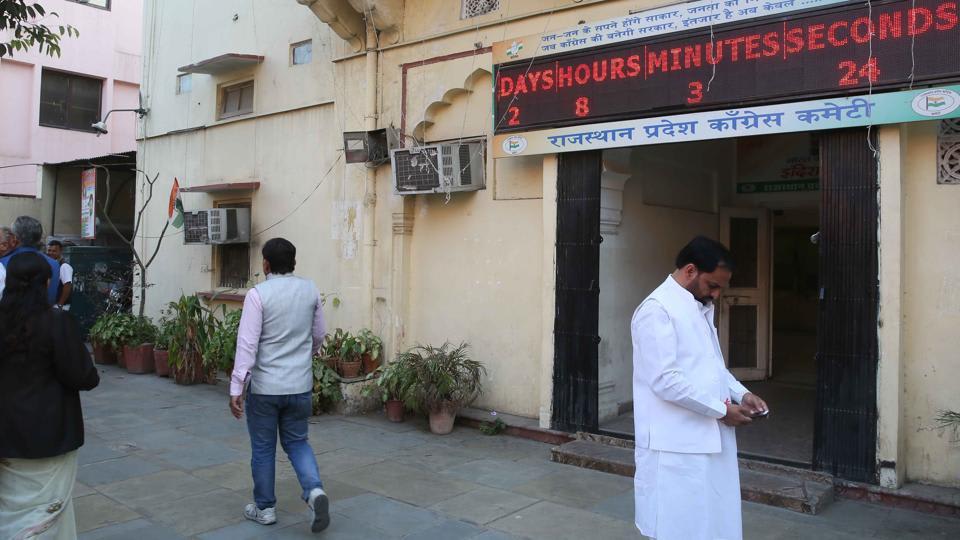
The results of the assembly elections in Rajasthan, Madhya Pradesh, Chhattisgarh, Mizoram and Telangana -- the last set of elections before the 2019 Lok Sabka polls -- will be declared on Tuesday. Of these five states, Rajasthan, Madhya Pradesh and Chhattisgarh belong to the Hindi belt, where the Congress and the Bharatiya Janata Party (BJP) are locked in a direct contest.
Here are four reasons why the outcome in these three states will matter for the political narrative in the run-up to 2019.
1. Congress’ claim of the principal opposition party is at stake: It is clear that the Opposition is trying to forge a united front to challenge the BJP in 2019. However, a successful united front will require a strong core. The question is whether the Congress can play that role. For other parties to accept the Congress’ leadership, it has to demonstrate electoral success vis-à-vis the BJP. Post 2014, the Congress has not been successful in doing this. In 21 assembly elections held after the 2014 Lok Sabha polls, the Congress has been able to increase its seat share compared to previous assemblies in only six states. It could form a government on its own in only Punjab. A better performance against the BJP in these three states will buttress the Congress’s claim as the natural leader of the anti-BJP coalition in 2019. (See Chart 1)
Click here for LIVE Updates of Assembly Elections Results 2018
2. Rajasthan, Madhya Pradesh and Chhattisgarh are important for BJP’s national fortunes: These three states have always played an important role in the BJP’s political fortunes. They accounted for more than one-fifth of BJP’s total votes in the 2004, 2009 and 2014 Lok Sabha elections. This is almost double the all-India share of these three states in the total votes polled. The contribution of these three states to BJP’s total Lok Sabha tally has been even larger than their vote share contribution. In 2014, the BJP won 62 out of the total 65 Lok Sabha seats from these states. (See Chart 2)
3. Assembly elections are a useful predictor of swing in the Lok Sabha elections: The validity of the second point is conditional on these assembly election trends carrying forward to the next Lok Sabha elections. An HT analysis since 2003 shows this to be true. Barring the 2009 Lok Sabha elections for Chhattisgarh, the direction of change in vote share of the BJP between two consecutive assembly elections has always been preserved in the next Lok Sabha elections. So, a setback to the BJP in these elections will mean possible setbacks in 2019 too. (See Chart 3)
4. Testing the political impact of agrarian distress: Rural distress has emerged as an important political narrative in recent months. Rajasthan, Madhya Pradesh and Chhattisgarh are predominantly agrarian states, with agriculture’s share in both their Gross State Domestic Product (GSDP) and workforce higher than the all-India average. If the BJP suffers significant reversals in these three states, it will be an indication that rural distress could have a big political impact in the 2019 elections as well. In case the BJP manages to hold its ground, the validity of the argument that rural distress is causing problems for the BJP is bound to come under question. (See Chart 4)
Click here for complete coverage of Assembly Elections 2018
First Published: Dec 11, 2018 06:51 IST